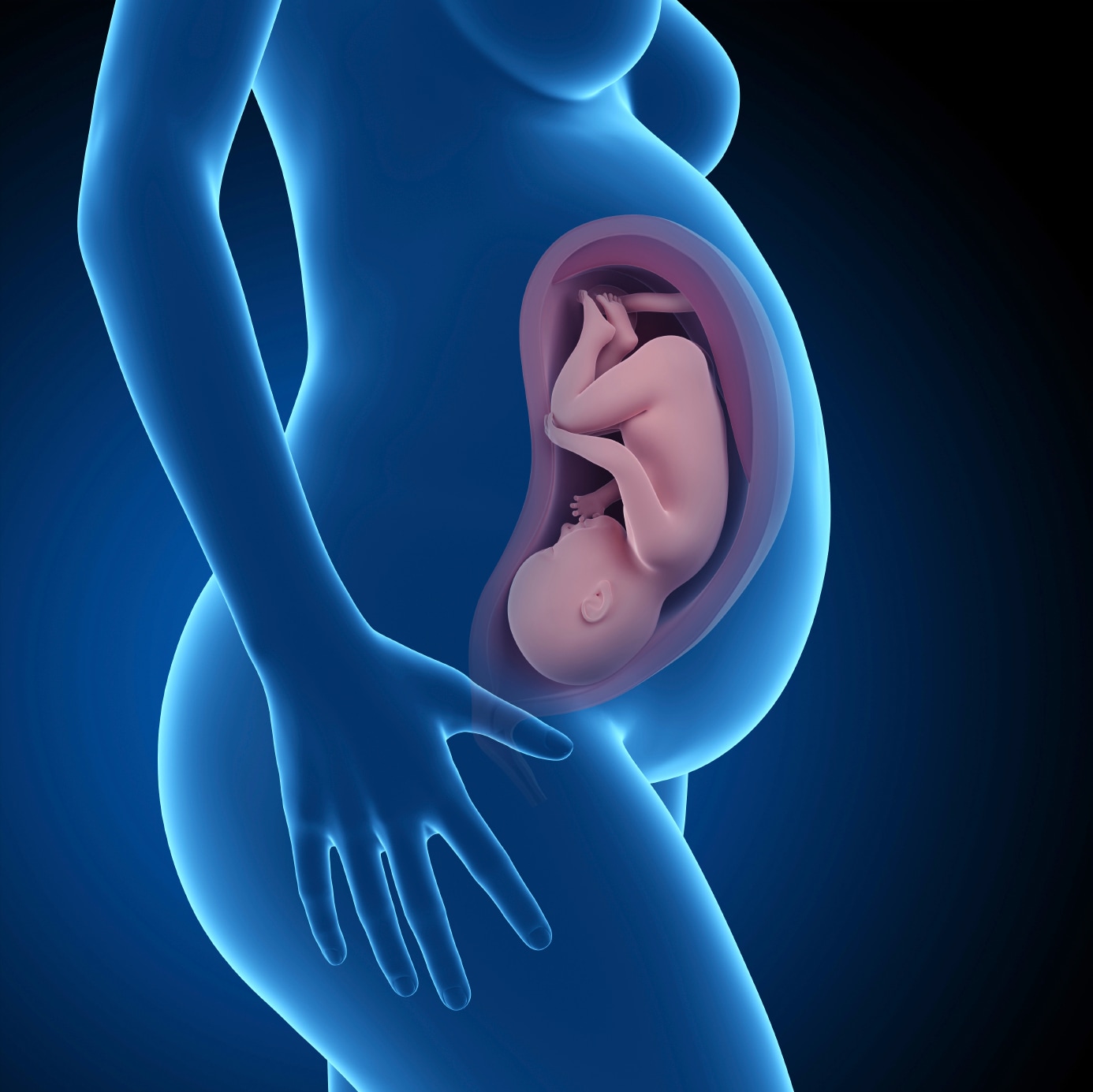Women experience perineal pain and dyspareunia irrespective of the presence or absence of perineal trauma following spontaneous vaginal birth (SVB), a recent meta-analysis published in the International Urogynecology Journal reports. However, the reported incidence is higher if perineal trauma occurred.
For this meta-analysis, researchers identified 18 studies after a search across MEDLINE, EMBASE, and other databases. Out of 18 studies, 14 studies assessed perineal pain following SVB with intact perineum (n=3133) and 12 studies assessed dyspareunia (n=1567).
The pooled results of 16 studies demonstrated that women at 2 days of postpartum experienced nearly the same incidence of perineal pain irrespective of presence or absence of perineal trauma. There was a significant reduction in the incidence of perineal pain for both presence and absence of any perineal trauma at 4-10 days postpartum. Episiotomy was associated with the highest rate of perineal pain. The incidence of dyspareunia was high at the resumption of sexual intercourse following SVB with an intact perineum (incidence rate, 65%; 95% CI, 0.56-0.75). At 12 months, women experienced dyspareunia whether perineal trauma existed or not.
Authors wrote, “Our findings highlight the current gap in understanding the size and, consequently, the potential impact of perineal pain and dyspareunia following childbirth on women’s health.”



